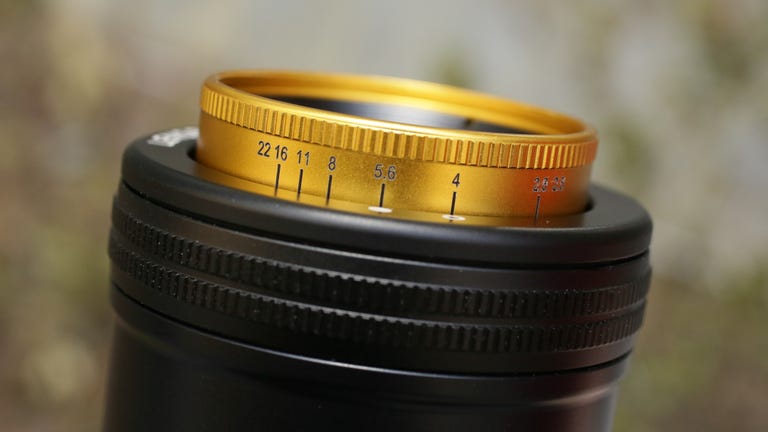 Why You Can Trust CNET
Why You Can Trust CNET Lensbaby Twist 60 review: Lensbaby's terrific new twist on background blur
Lensbaby brings a 19th century-style lens into the 21st.
I love a new Lensbaby: having an oddball lens to shoot with while neck deep testing cameras with "normal" lenses really makes a nice break. And I had a blast with the Twist 60, designed to reproduce the idiosyncratic characteristics of the 1890s-era Petzval lens. It makes the center pop and renders out-of-focus areas with a lot of curvature, vignetting and color contouring. The resulting photos are fun and funky.
The Good
The Bad
The Bottom Line
Unlike the other resurrection of the Petzval lens from Lomography, Lensbaby's has a more conventional design (for them, at least) which just tries to reproduce the look of the photos rather than the feel of using it. That makes it really easy to use and a lot cheaper; plus, it's available in full-frame Canon, Nikon and Sony E mounts, while Lomo's is only Nikon-compatible.
It runs $180 without a Lensbaby mount (£160 in the UK, or when directly converted AU$235 in Australia) or $280 with a mount (£250; directly converted AU$360). As far as I can tell, though, it's not yet announced for availability in Australia.
As the name denotes, the Twist 60 has a 60mm focal length, with a 12-bladed aperture that ranges from f2.5-f22 and a minimum focus distance of 18 inches/45.7 cm. The mount that comes bundled with it is basically a metal tube. If you buy it without, you can drop it into any of Lensbaby's Optic Swap mounts. If you have a tilting version of the latter, Lensbaby says that you'll get the best results with it in a nontilted position.
You control the lens via two rings. The gold ring handles aperture and the black, manual focus. I wish the aperture ring had a little more click to it so you can feel it when it hits each aperture setting (it's already a little noisy when shooting video so they might as well go all the way), but the manual-focus ring has an exceptionally smooth, precise movement.
The lens is optimized for use with a full-frame camera. For the most extreme results, you need a lot of separation between the foreground subject and the background, a busy background and the lens set to its maximum aperture of f2.5. On a smaller APS-C sensor, that 60mm focal length effectively delivers the field of view of a 90mm lens along with the less shallow depth-of-field you get from both the longer focal length and smaller sensor. In other words, the area of sharpness is just a little too broad and the amount of background a little to narrow to render it with a truly distinct difference from a normal lens. While you can still get some nice results, they're more along the lines of a slightly novel out-of-focus background.

You change the aperture -- and therefore the intensity of the effect -- by rotating the gold ring, and focus via the black one.
I chose to test the Twist 60 with the Sony A7 II, in part because I find it's far easier to focus Lensbaby's manual-only lenses on a camera with an electronic viewfinder for preview and focus peaking, and I get better results when there's in-body image stabilization. Plus, many dSLR viewfinders get quite dark when stopped down as far as f22.
The one limitation -- it's the nature of the lens -- is that only the center can be in focus, which makes it a little frustrating, because it forces some ugly compositions, especially with vertical subjects. As you narrow the aperture the effects become less pronounced, leaving you with just some slight vignetting in the corners.
The Twist 60 is a great way to inject some quirkiness into your photos, and yet the results are more repeatable and controllable than with the company's Composer-based lenses so it's also suited for professional use, like the Velvet 56.


